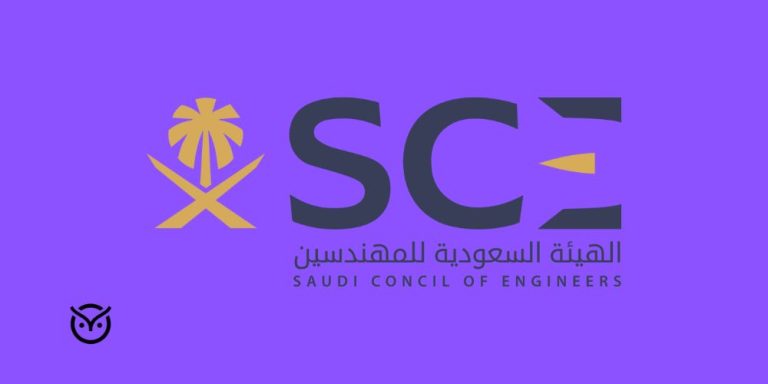How to Discuss Motivation in Talent Assessments

TL;DR
- How to discuss motivation in talent assessments aligns both sides on real job fit.
- Motivation shows drive, purpose, and realistic expectations.
- Strong answers link past actions with future goals.
- Recruiters use AI tools for talent assessment to fairly assess motivation.
- Motivation insights improve hiring and candidate experience in talent assessment.
You’ve got a stack of résumés and a panel of interviews ahead of you. The real test in hiring isn’t spotting who has the skills but who has the drive to use them. That’s where the importance of how to discuss motivation in talent assessments comes into play. It helps reveal whether a person’s enthusiasm and ambition will remain strong as the work becomes demanding.
This blog breaks down what motivation reveals about job fit, how candidates can express it clearly, how AI screening tools help recruiters assess it, and how to use those insights to make stronger hiring decisions.
What Motivation Really Signals in Talent Assessments
When a candidate shows motivation, it signals more than mere enthusiasm. It signals alignment with the role, readiness to engage, and a higher chance of staying the course. Many signals interviewers use are actually weak proxies for real motivation; for example, “can do” is not the same as “want to do.”
Here’s what to look for:
- Intrinsic drive: A candidate who understands why the work matters is more likely to persist when tasks get hard.
- Alignment with values and role demands: If their motivational drivers connect with what the role offers (challenge, autonomy, meaning), that’s a strong indicator. For example, some tools match a candidate’s job preferences with what the job offers.
- Realistic expectations: Motivation that assumes only “fun” and neglects the “hard work” side is risky. Poorly defined work preview leads to early turnover.
- Commitment signal: Motivation often shows beyond words, including past behaviour, contributions, and perseverance.
Techniques Candidates Use to Explain Their Motivation Clearly
If you’re preparing a candidate (or assessing one), here are solid ways to frame motivation that land firmly:
- Specific past examples: Instead of “I love working with people,” say “In my last role, I organised peer-learning sessions because I wanted the team to excel, and I followed up metrics that showed a 20% improvement in participation.”
- Match to what the role offers: They might say, “This role gives the autonomy I’ve thrived under in the past and the scope to lead projects, which connects with my drive to build and oversee outcomes.”
- Future orientation with realism: Rather than “I see myself as CEO in five years,” a stronger answer might be “In five years, I hope to have mastered team leadership, delivered two product launches, and moved into a role where I’m mentoring new hires. This job offers the stepping stones.”
- Reflecting on ‘why now?’: A good answer addresses the “why now” question, such as why this role, why this company, and why this phase of their career.
- Authenticity and self-awareness: It’s okay to say, “I’m motivated by challenge and growth, and I know this role involves lots of tight deadlines, which I’ve managed in the past.” That kind of transparency, not fluff, shows understanding.
Recruiters often watch for rehearsed “buzzword” answers. Instead, they value concrete statements and behaviours. For instance, digital tools and e-assessments can help verify a candidate’s motivation and consistency in their statements.
How Recruiters Evaluate Motivation Using AI Tools
Recruiters today rely on AI tools for talent assessment that go beyond checking resumes. These systems study word patterns, emotional tone, and response structure in interviews to gauge how genuine and consistent a candidate’s motivation really is.
AI doesn’t measure excitement by counting smiles. It studies patterns in how people speak about their goals, effort, and teamwork. When candidates talk about taking initiative, learning new things, or working well with others, they often show stronger engagement potential. Platforms such as HireVue and Pymetrics quietly analyze these signals through language to understand what genuinely drives each person.
Recruiters are now using advanced AI-driven interview analytics tools like Sapia.ai and HireVue to understand better what truly drives a candidate. These platforms automatically evaluate responses to questions such as “What motivates you?” by identifying tone, intent, and alignment with company values, helping recruiters automate motivation analysis while keeping evaluations fair and consistent.
When paired with human judgment, AI screening tools bring consistency to subjective areas like motivation and fit. They ensure every candidate gets an equal opportunity to express what drives them, improving fairness and the overall candidate experience in talent assessment.
Using Motivation Data for Better Hiring Decisions
Motivation data is more than a feel-good metric. It predicts real business outcomes. Studies show that motivated employees are 87% less likely to resign and 21% more productive than disengaged peers.
Recruiters who incorporate motivation analysis into their process get three significant benefits:
- Better Role Fit – Combining motivation scores with skill assessments ensures new hires align with both performance and purpose.
- Improved Retention Forecasts – When AI links motivation patterns with tenure data, hiring teams can forecast who’s likely to stay longer.
- Stronger Team Dynamics – Motivation mapping highlights what drives each hire, such as recognition, growth, or impact, helping managers assign work that fits.
Many organizations use motivation data alongside interview feedback tips for talent assessment to create a loop that strengthens future hiring and supports candidates who did not get selected. This approach adds structure to human judgment, turning intuition into a more consistent and fair process.
Conclusion
Motivation is the heartbeat of any good hire. When recruiters understand how to discuss motivation in talent assessments, they unlock insights that skill tests alone can’t provide. The blend of candidate storytelling and AI-driven analysis offers a more complete, fair, and predictive view of potential.






